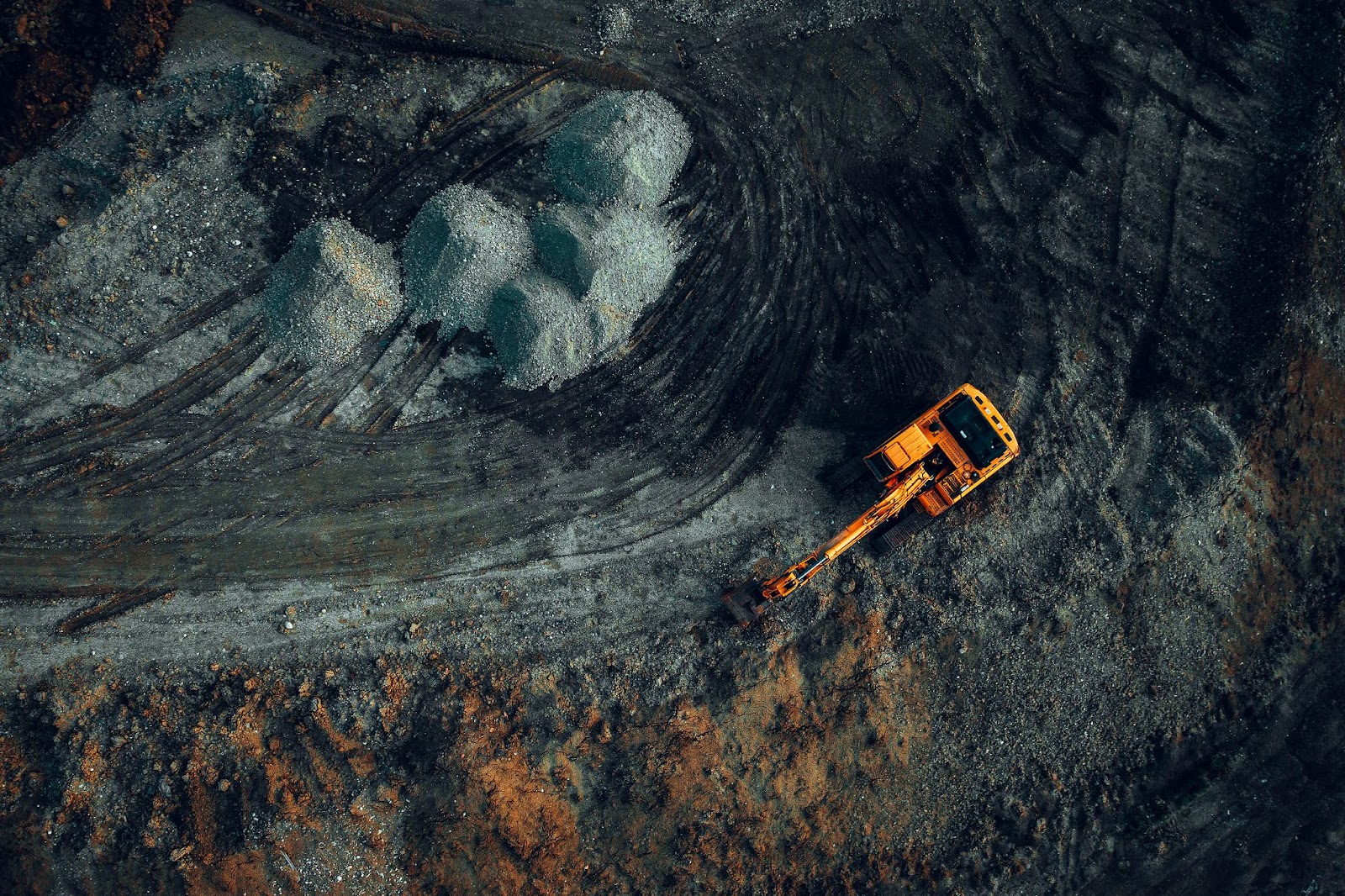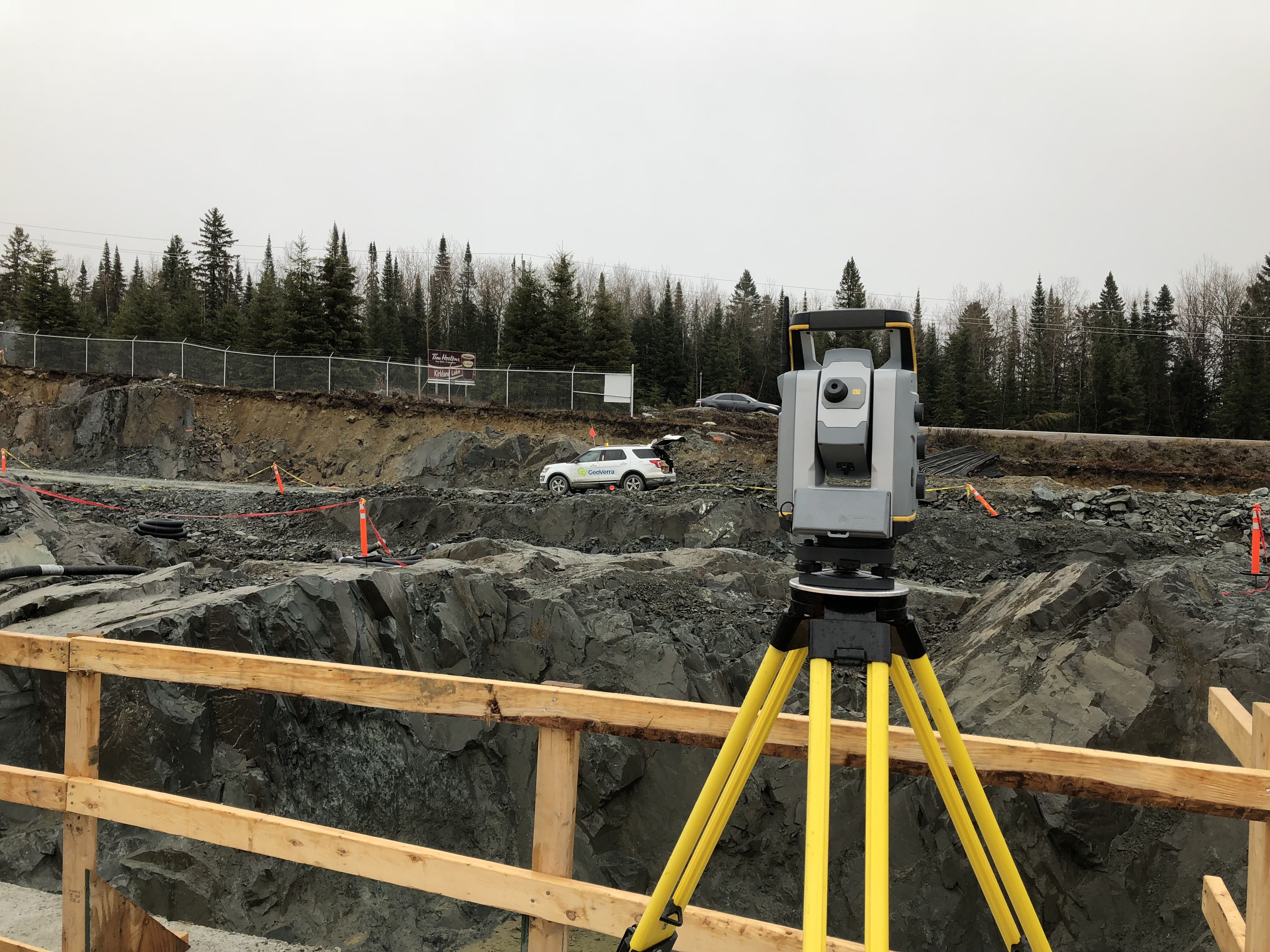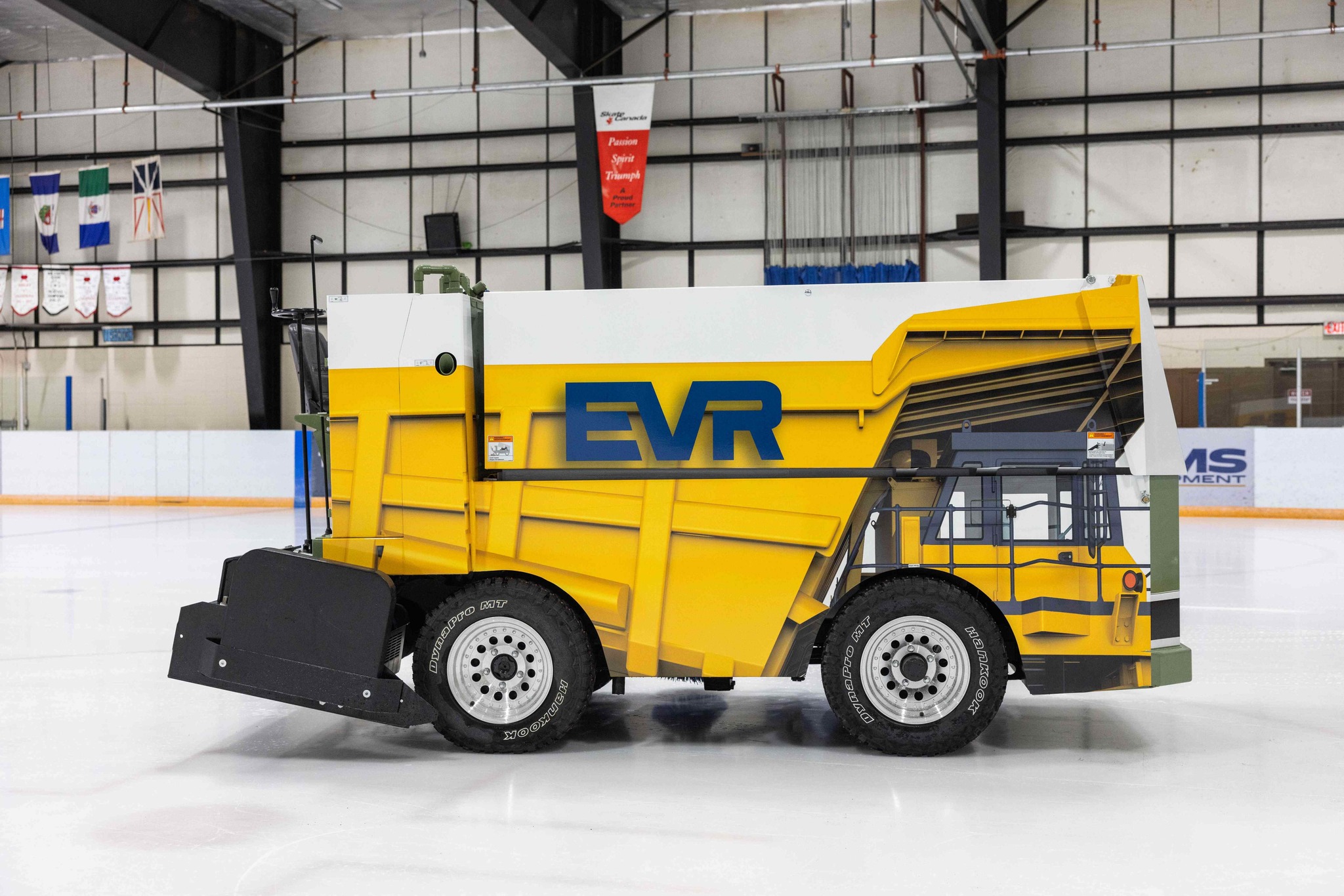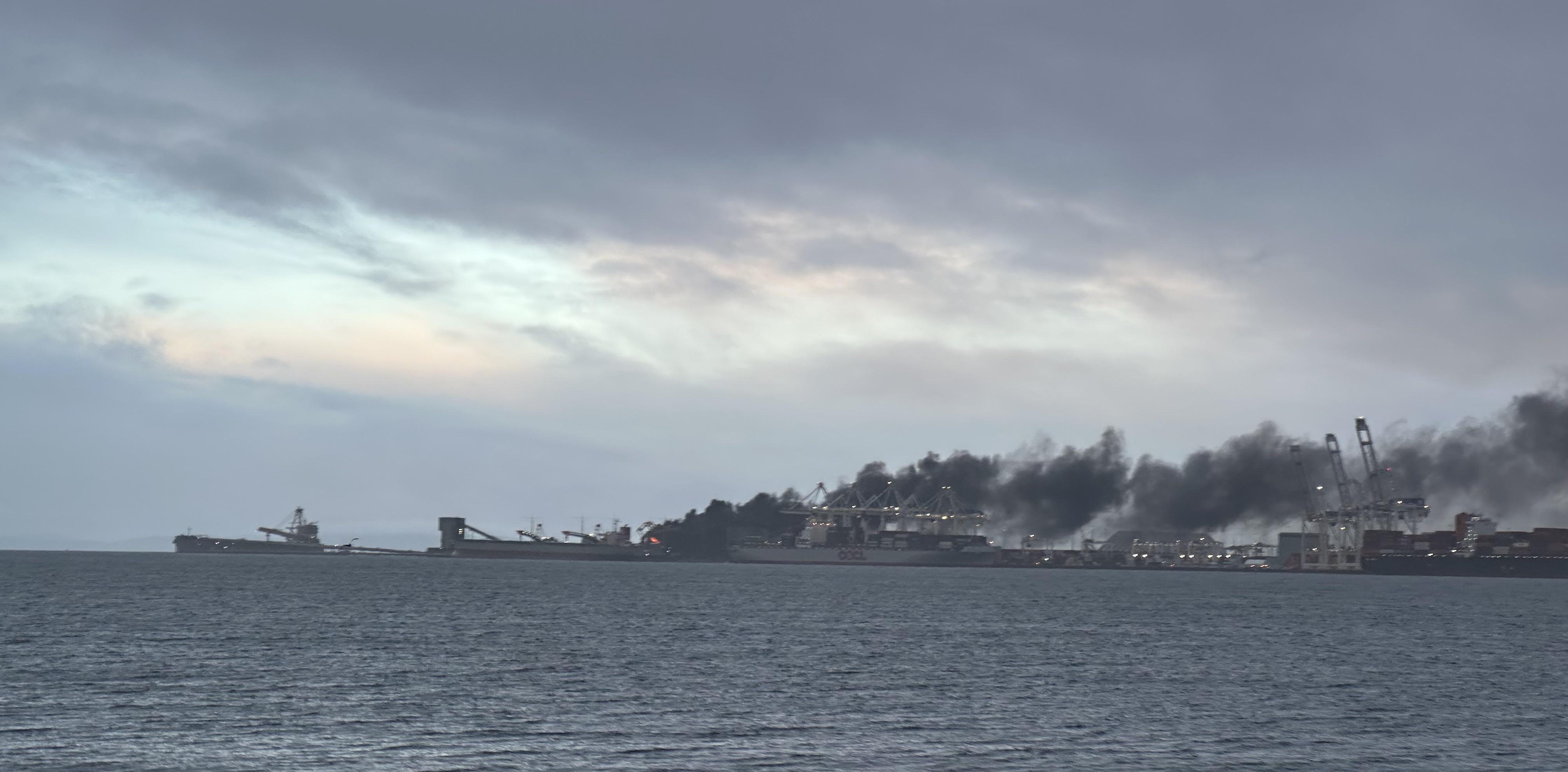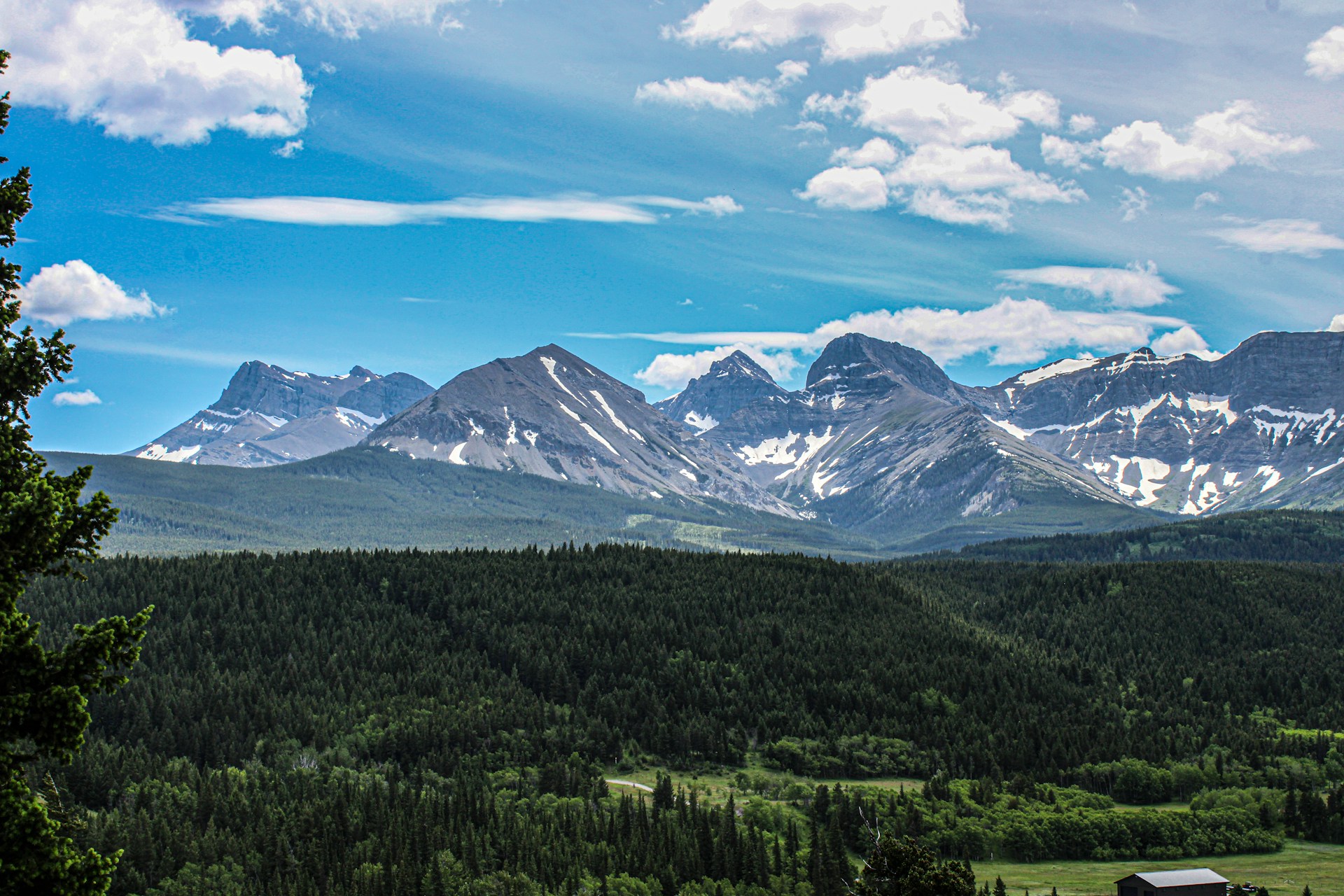Orca Quarry: pursuing a rock-solid business plan
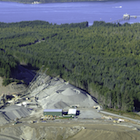
1 of 6Polaris Minerals Corporation opened the Orca Quarry on Vancouver Island in early 2007. It is potentially the largest sand-and-gravel quarry in C
1 of 6Polaris Minerals Corporation opened the Orca Quarry on Vancouver Island in early 2007. It is potentially the largest sand-and-gravel quarry in Canada; right now, only one of three deposits—the East Cluxewe deposit—is being used. — Photo courtesy Polaris Minerals Corporation
Herb Wilson still believes the philosophy that led to the opening of British Columbia's Orca Quarry in early 2007 holds weight.
The president and chief executive officer of Vancouver-based Polaris Minerals Corporation, which owns 88 per cent of the giant sand-and-gravel quarry, said in a recent interview that despite the current economic recession, he thinks Orca's future remains bright. The quarry is located on the northeast coast of Vancouver Island, four kilometres west of Port McNeill.
Polaris Minerals was founded in early 1999 based on the idea of shipping British Columbian construction aggregate, by boat, mainly to large urban centres along the west coast of the United States. Those cities, particularly in California, are facing increasingly depleted local aggregate resources.
However, shortly after Orca's operations began, the economic downturn struck both Canada and the United States. Demand for aggregate plummeted between 45 and 50 per cent in the first four years after Orca was built, Wilson said.
"You could say that it's remarkable that we've survived it to this point," Wilson said. "It really hasn't been easy. And we have survived it because the quarry is everything we thought it would be. The quality is quite astounding."
Wilson also said he's confident about Polaris's future just because of the long-term demand for the company's products. Orca produces 25 mm by 12.5 mm large gravel, 12.5 mm by 4.75 mm small gravel, and coarse concrete sand.
It is also a huge deposit. Only one of three areas of the quarry—the 150-hectare East Cluxewe deposit—has been opened so far, and that deposit when it opened had estimated reserves of 120.6 million tonnes. Wilson now believes East Cluxewe's operational life alone will last another 20 years.
"You just cannot stress too strongly how important this issue of future supply is for the industry," Wilson said about the future demand for aggregate. "Construction—be it housing or infrastructure—is one of the fundamental activities of society. It's one of the key important economic sectors."
Polaris Minerals has another ace up its sleeve. It owns 70 per cent of another potentially massive aggregate quarry, the Eagle Rock Quarry Project—also located on the coast of Vancouver Island, 15 kilometres south of Port Alberni.
Although lacking Orca's sand, Eagle Rock's granite aggregate can be used in manufacturing asphalt, something Orca's products can't. That will allow Polaris to diversify its product line, supplying aggregate not only for concrete but also for highway construction.
Just when Eagle Rock will be developed will depend on market circumstances, although Wilson is currently thinking it will be sometime in the next three to 10 years. Although drilling and test figures determined in 2002 are still not official, Wilson believes the potential quarry's life will last well over 100 years.
Polaris has other advantages as it struggles to survive the recession. Before it even started searching for anticipated aggregate deposits in northeastern Vancouver Island, company officials consulted with the two area First Nations living near the future Orca Quarry who saw the land as their traditional territory.
Polaris now has impacts and benefits agreements with both the 'Namgis and the Kwakiutl First Nations, and the 'Namgis First Nation owns 12 per cent of the Orca Quarry operation. In addition, approximately half of the quarry's current 40 to 45 employees are from the local First Nations, a target Polaris tries to maintain. The company has developed similar arrangements with Eagle Rock.
In the meantime, Polaris continues to try to expand its markets. It now ships sand and aggregate to Vancouver and Hawaii, but by far its largest market is northern California. It currently supplies four terminals in the San Francisco Bay area alone and owns one.
In 2010, the company also secured a potential 20-year lease for a marine aggregate importing terminal in the Port of Long Beach, close to Los Angeles. In addition, Polaris has been trying to gain terminal facilities in San Diego and Washington state for several years and still hopes to do so.
And economically, things are starting to turn around. Company sales for the first nine months of 2012 were 1.5 million tonnes, up 36 per cent compared with the first nine months of 2011.
Still, Polaris has a ways to go before it can reach its potential. The Orca Quarry is currently permitted to produce six million tonnes annually.
"I think short term, for the next two years, we'll continue to battle very hard," Wilson said. "The long term will truly prove the value of these resources."
